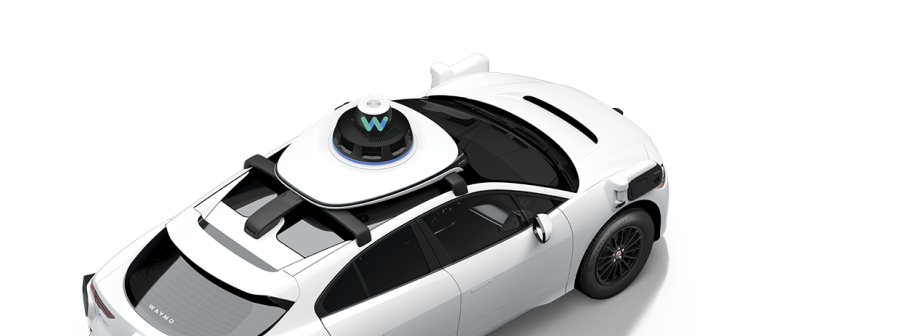Introducing Drivership: A New Framework for Good Driving
What is good driving? It's a deceptively simple question that has challenged researchers, policymakers, and automotive safety experts for over a century. Decades of technical literature, academic research, and industry standards have resulted in the development of a wide variety of topics, values, principles, and models, yet no overarching framing or clear path to operationalization have been established. As autonomous vehicles join our roadways, this question takes on renewed importance and complexity. It’s a question we take seriously at Waymo, given our mission to improve road safety.
As part of ongoing work to define and operationalize good driving, Waymo presents our latest research on Drivership — a framing concept that helps unpack the complexity behind the evaluation of good driving behavior — whether fully autonomous, human, or somewhere in between. We define good (or not good) driving based on the alignment between exhibited driving behavior and the expectations of society. Drivership encompasses both safety-critical behavior that directly affects crash risk, as well as socially aware behavior that relates to customs and courteous driving.
Aligning Driving Behavior and Societal Expectations
A Drivership approach focuses on expectations that are technologically and physically achievable. It differentiates between three types of expectations, drawing on classic behavioral and philosophical concepts. Drivership anchors good driving behavior in beliefs established in and by society about how one ought to behave on the road. In the technical literature these are known as Normative Expectations. Normative Expectations may or may not overlap with what drivers are anticipated to do based on past behavior, known as Empirical Expectations, and/or could do in order to improve the transportation ecosystem and make our roads work better for everyone — a type of belief we label Furtherance Expectations.
Take drunk driving for example. While it is an Empirical Expectation that some human drivers are drunk, it is a Normative Expectation that drivers ought to be sober. Because driving sober would meaningfully improve the transportation ecosystem by saving lives, the Normative Expectation is, in this case, also a Furtherance Expectation.
Drivership (in white) in relation to societal Normative, Empirical, and Furtherance Expectations, constrained to what is physically and technologically feasible (shown by a dotted line)
Drivership anchors the evaluation of driving behavior in a range of different approaches, in particular driving behavior reference models and metrics that function as benchmarks for AV behavior. One example is Waymo’s NIEON model, which represents the collision avoidance response performance expected from a Non-Impaired human driver with their Eyes ON the conflict.
Beyond evaluating individual behaviors, Drivership can play a role in supporting a safety case for automated driving broadly, and specifically in assessing reasonableness of behavioral risks.
Building Trust for the Future
Waymo’s research into Drivership is an ongoing, evolving process. This paper marks the first formal framing of the concept, laying the groundwork for future research and deeper discussions.
By grounding good driving behavior in the mutual expectations we have of one another on the roadway, Drivership helps bridge the gap between individual technical safety requirements and a broad understanding of good driving behavior. It reframes the question of what good driving is into the question of what road users should expect from each other to enable a safe, efficient, ever-improving transportation ecosystem. A Drivership approach supports continual progress towards autonomous vehicles that are both safe and socially adept participants in our transportation present and future. You can learn more by reading our paper here.


